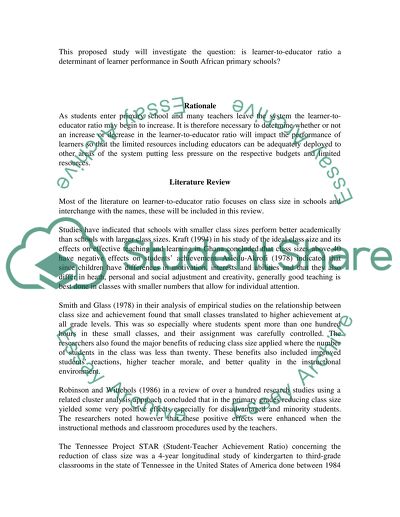Cite this document
(“Learner-to-Educator Ratio and its Impact on the Quality of Education Thesis”, n.d.)
Retrieved from https://studentshare.org/miscellaneous/1542169-learner-to-educator-ratio-and-its-impact-on-the-quality-of-education-in-south-african-primary-schools
Retrieved from https://studentshare.org/miscellaneous/1542169-learner-to-educator-ratio-and-its-impact-on-the-quality-of-education-in-south-african-primary-schools
(Learner-to-Educator Ratio and Its Impact on the Quality of Education Thesis)
https://studentshare.org/miscellaneous/1542169-learner-to-educator-ratio-and-its-impact-on-the-quality-of-education-in-south-african-primary-schools.
https://studentshare.org/miscellaneous/1542169-learner-to-educator-ratio-and-its-impact-on-the-quality-of-education-in-south-african-primary-schools.
“Learner-to-Educator Ratio and Its Impact on the Quality of Education Thesis”, n.d. https://studentshare.org/miscellaneous/1542169-learner-to-educator-ratio-and-its-impact-on-the-quality-of-education-in-south-african-primary-schools.


